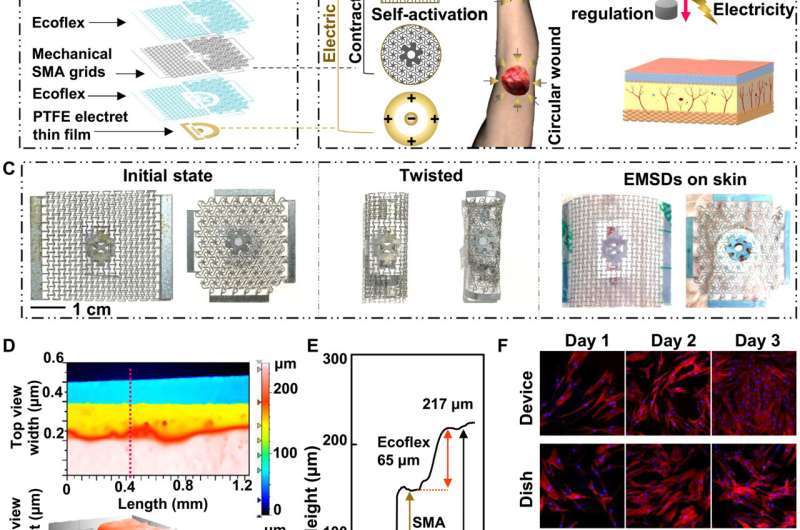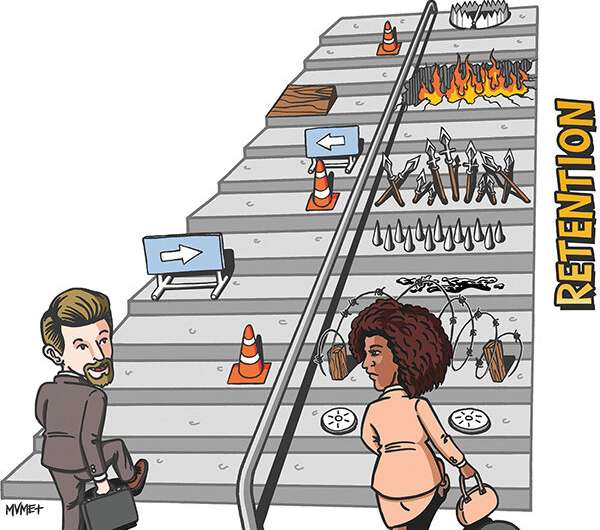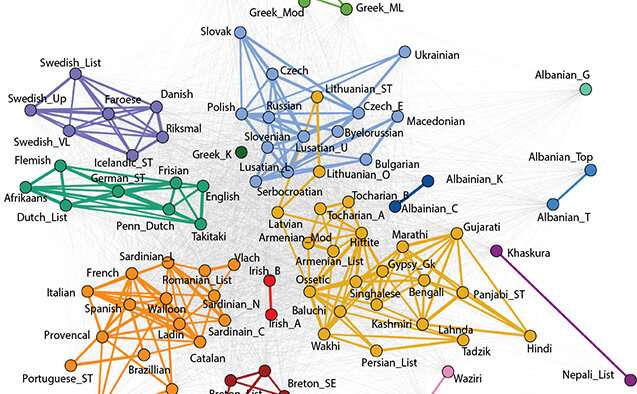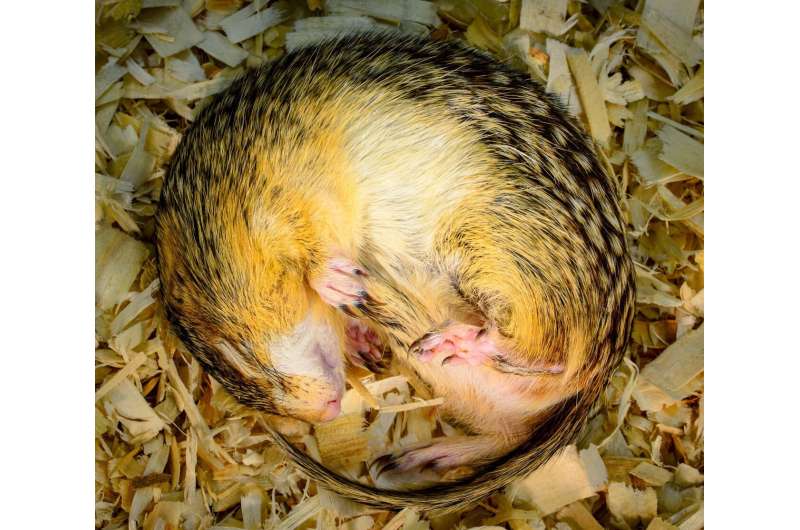Creating non-hallucinogenic analogs of LSD and psilocybin to treat mental illnesses
![Effects of the psychedelics on animal behavior relevant to hallucination and depression. (A) Effect of LSD, lisuride, psilocin, and DOI on HTR behavior in mice (30- to 60-min time interval, Related Fig. S8A-D). (B) Metabolic rate and brain penetration of IHCH7079/7086/7113 in C57/BL6J mice (5 mg/kg intraperitoneally (ip); n = 3). (C) Heatmap illustration of transduction coefficients of psychedelics and non-hallucinogenic analogs at 5- HT<sub>2A</sub>R (Related Fig. S10). (D) Mouse 5-HT<sub>2A</sub>R-mediated β-arrestin2 association and G<sub>q-γ9</sub> dissociation activity of wild-type and Y370<sup>7.43</sup>W mutant with LSD and DOI. Error bars represent (n = 3). (E) Saturation curves of the specific [<sup>3</sup>H]-ketanserin binding to membranes of frontal cortex from wild-type and Y370<sup>7.43</sup>W mutant mice (n = 3 B6D2F1 mice). The density of 5-HT<sub>2A</sub>R is expressed as the asymptote value (B<sub>max</sub> = 299.5 ± 34.47 for wild-type; 351.2 ± 24.94 for heterozygous; 494.1 ± 49.52 for homozygous) of the radioligand bound. The selective antagonistMDL100907 was used to exclude the non-5-HT<sub>2A</sub>R binding. (F) Effects of LSD and lisuride on freezing behavior in Acute Restraint Stress (ARS)-induced “depression-like” mice. The freezing behavior of mice was tested by the forced swimming test (FST) and tail suspension test (TST). In (A) and (F), error bars represent SEM (n = 8 C57/BL6J or B6D2F1 mice), ns is not significant, *P < 0.05, **P < 0.01, ***P < 0.001 and ****P < 0.0001 (two-tailed unpaired Student’s t-tests). Credit: DOI: 10.1126/science.abl8615 Creating non-hallucinogenic analogs of LSD and psilocybin to treat mental illnesses](https://scx1.b-cdn.net/csz/news/800a/2022/creating-non-hallucino.jpg)
A combined team of researchers from the Shanghai Institute of Biochemistry and Cell Biology and ShanghaiTech University's, iHuman Institute has created non-hallucinogenic analogs of LSD and psilocybin for possible treatment of mental illnesses. In their paper published in the journal Science, the group describe the analogs they created and how they performed in mice.
In recent years, scientists have found that some hallucinogens, such as LSD and psilocybin, can provide relief for patients suffering from chronic depression and other mental illnesses like PTSD. And while many patients may enjoy the hallucinogenic experience, many do not. Scientists have therefore been taking a closer look at hallucinogens to find the mechanisms that provide relief to those suffering from depression—and if possible, to determine if the hallucinogenic effects of such drugs are necessary for treatment.
In this new effort, the researchers took a close look at both LSD and psilocybin using X-ray crystallography, and were able to determine their conformations when they become bound to the neural receptor 5-HT2AR. They found that both molecules could bind to 5-HT2AR in two ways, resulting in unique conformations. They then created compounds that would bind to 5-HT2AR in the secondary type of binding they discovered.
The researchers administered the compounds to mice that were stressed to the point of depression by being hung from their tails or forced to swim for extended periods. To test whether the mice were experiencing hallucinogenic effects, they used the twitch test. Prior research has shown that when mice are given hallucinogens, their heads twitch in a unique way. And to test whether symptoms of depression eased, they observed whether the test mice engaged in activities they had stopped doing when depression set in. The researchers found no head twitching and a renewed interest in normal activities. They suggest their work represents a good starting point for the development of non-hallucinogenic analogs of common hallucinogenic drugs.Active ingredient in magic mushrooms reduces anxiety and depression in cancer patients
More information: Dongmei Cao et al, Structure-based discovery of nonhallucinogenic psychedelic analogs, Science (2022). DOI: 10.1126/science.abl8615
Journal information: Science
© 2022 Science X Network
Scientists develop novel non-hallucinogenic rapid-acting antidepressant compounds
According to the World Health Organization, approximately 280 million people worldwide live with depression. About two-thirds of those with depression have suicidal ideation, and 25% attempt suicide. Suicide is also one of the leading causes of death in 15-29-year-olds, with nearly 50% of suicides occurring in people with depression. However, conventional antidepressants produce effects only after weeks of daily dosing and do not alleviate all disease symptoms. Furthermore, 30% of patients with depression don’t respond to current antidepressant therapy.
In a study published in the journal Science, the labs led by Dr. WANG Sheng at the Center for Excellence in Molecular Cell Science, Shanghai Institute of Biochemistry and Cell Biology of the Chinese Academy of Sciences, and Dr. CHENG Jianjun at the iHuman Institute, ShanghaiTech University reported for the first time a structure-based strategy to design novel rapid-acting antidepressant compounds, a discovery that could accelerate the discovery of non-hallucinogenic psychedelic analogs.
Over the past ten years, many researchers and clinicians have come to believe that psychedelic pharmacology may represent a new era in psychiatric therapeutics. Most clinical studies described during this time have focused on psilocybin, a compound found in the Psilocybe genus of mushrooms, some of which were used for healing and spiritual purposes by the Mayan and Aztec cultures of Mesoamerica.
The US Food and Drug Administration granted psilocybin “breakthrough therapy” status for the treatment of major depressive disorder and drug-resistant depression in 2019. The results of a phase II clinical trial showed that psilocybin can greatly improve the symptoms of patients with depression within one day after dosing, and the effect can last for more than three months. However, the hallucinogenic effects of these drugs remain a concern, and scientists have been unsure whether hallucinations are therapeutically important or just a side effect.
Psilocybin is converted in the liver to pharmacologically active psilocin, which then acts on serotonin 2A receptors (5-HT2AR) in the brain. In this study, scientists produced six new crystal structures of 5-HT2AR that bound to compounds including psilocin, lysergic acid diethylamide (i.e., LSD, one of the most potent psychedelics), serotonin, and non-hallucinogenic psychedelic analogues. They found that psilocin displayed an unexpected binding mode known as the extended binding pocket (EBP) mode, which is regulated by lipids. They also found that compounds that occupied more EBP than orthosteric binding pocket (i.e., OBP, the usual site for receptor binding) were associated with anti-depressive activity in test animals without triggering hallucinations. Thus, scientists designed several new psychedelic analogues they thought would favor EBP binding over OBP binding.
Scientists then repeated the behavioral tests on mice receiving these compounds and found that two compounds, dubbed IHCH-7079 and IHCH-7806, did not trigger head twitch behavior, which has long been seen as indicative of hallucinations. However, the mice displayed standard behavioral measures suggesting the compounds were effective antidepressants.
These findings provide a solid foundation for the structure-based design of safe and effective non-hallucinogenic, rapid-acting antidepressants. It should be pointed out that the compounds reported in this work are not approved drugs, and further preclinical and clinical studies are needed to verify their safety and antidepressant effects in humans.
JOURNAL
Science
ARTICLE TITLE
Structure-based discovery of nonhallucinogenic psychedelic analogs
ARTICLE PUBLICATION DATE
27-Jan-2022






